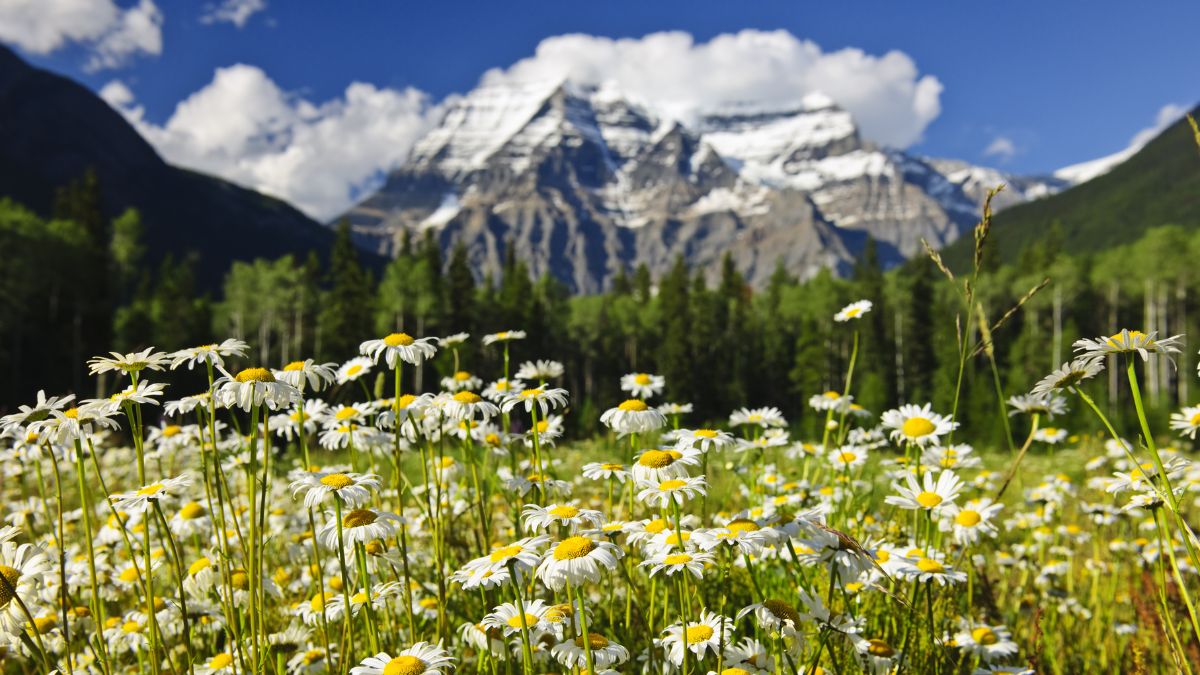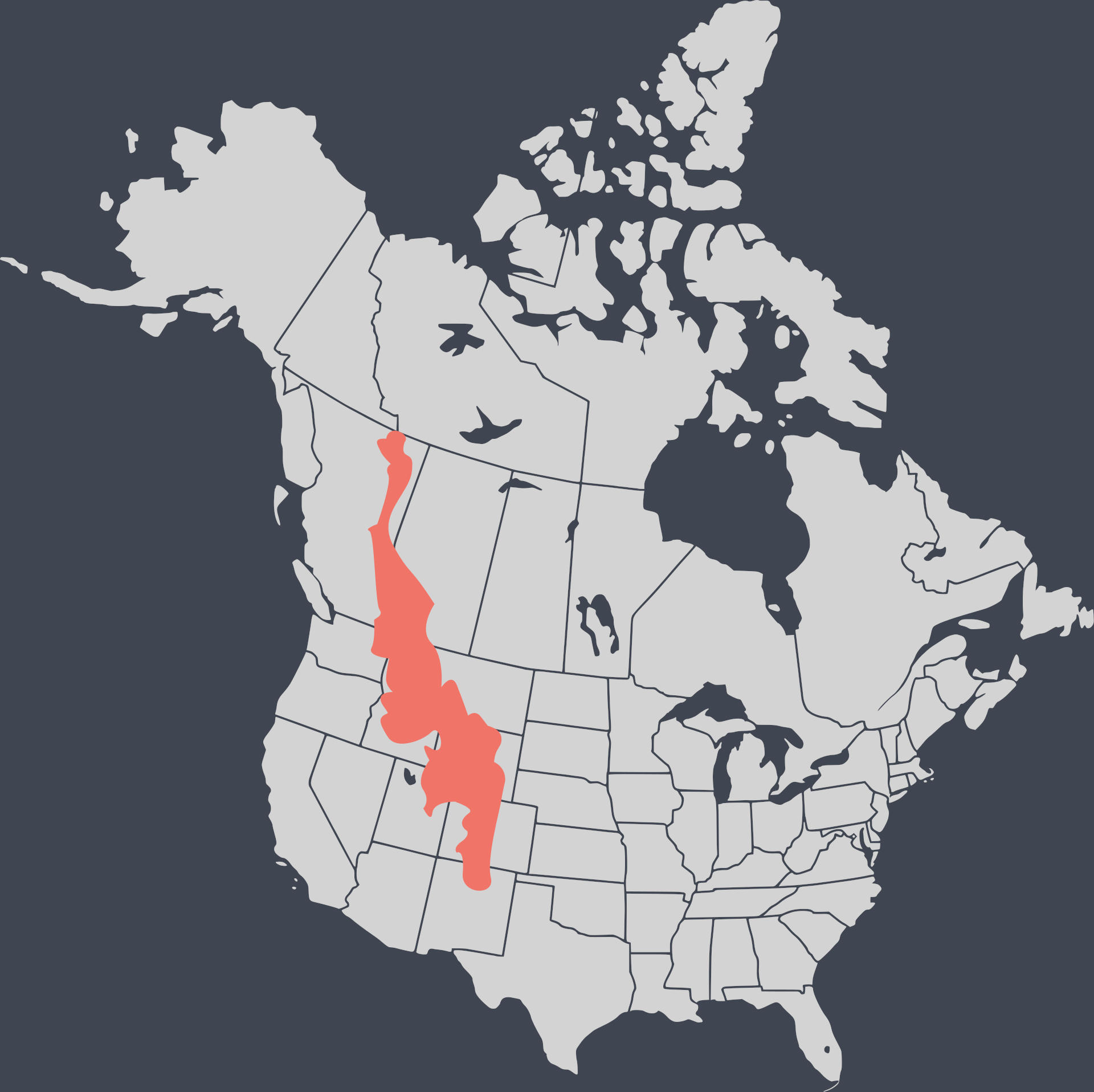5 Digital Field Guides To The Rocky Mountain Ecology
Rather than carrying a book around, access them quickly from your smartphone.
Explore the interconnected web of life through native flora, fauna and fungi in the Rocky Mountains and grow your ecological awareness with 15 experiential learning challenges.
Rather than carrying a book around, access them quickly from your smartphone.

It’s common today to be able to instantly identify 1000s of corporate brands but only a small number of native plants, birds and mushrooms.
The goal of this experiential learning field guide is to change that.
Rather than buy 4-5 different field guide books that you have to cover around in your backpack, you’ll get everything you need on your smartphone so you can this remarkable device as tool for experiential learning outdoors instead of endless scrolling and passive learning indoors.
Through 15 different experiential learning challenges you’ll become a citizen scientist and amateur naturalist who can identify common flora, fauna and fungi in your local ecosystem.
If you ever been curious about what plants and mushrooms you see in the Rocky Mountains are edible or medicinal, each species in the digital field guide will include detailed additional information for learning about the taxonomy, medicinal uses and a map of where it grows in the area.
To make building your pattern recognition skills and growing your ecological awareness even easier you’ll get our summaries of the top 10 most common wildflowers, plants, trees, birds and mushrooms you will find in the Rocky Mountains.
Additionally, you will be able to identify the common plants that grow in each the 4 sub-ecologies of the Rocky Mountains:
1. The Riparian Ecosystem: The areas along rivers like the Bow River and the nearby wetlands where you are most likely to find birds, moose, beavers and medicinal flora and fungi.
2. The Montane Ecosystem: Lower elevation forests of Douglas-fir, trembling aspen and lodgepole pine with patches of grasslands on dry sites. Here is where you will find the most human activity and large populations of bears, elk and deer.
3. Subalpine Ecosystem: This is dense higher elevation forests of lodgepole pine, Englemann spruce and subalpine fir that provide an important habit away from where people live for more reclusive species of wolverine, cougars, lynx, marmots and pikas.
4. The High Alpine Tundra: This fragile ecosystem consists of high snowpack in the winter, rare medicinal plants and spectacular wildflower meadows along with groups of bighorn sheep, mountain goats and ravens.
If you want to turn your Rocky Mountain hikes is experiential learning adventures, you’ll find these digital fields guides to identifying native flora, fauna and fungi an indispensable educational tool.


Learn how to make learning a fun and playful activity so you can get into immersive states of deep embodiment and flow using the art of gamification with 15 experiential learning practices for using your smartphone to develop your pattern recognition skills and ecological awareness.
Learn how to identify over 100 wildflowers that grow in the Rocky Mountains. Most plants conveniently bloom into eye-catching wildflowers and abundant berries during the times when they are most ripe and high in medicinal alkaloids, tannins and flavonoids that benefit the health of humans and many other species.




Get a field guide for identifying over 100 species of mammals, reptiles, fish, butterflies and birds commonly found in the Rocky Mountains. Learn which species thrive in each of the 4 major ecosystems found at different elevations in the high alpine, forests and grasslands.
Without fungi, there would be no terrestrial life on Planet Earth since they create fertile soil and recycle dead flora and fauna. Get a guide to over 50 common forms of mushrooms that you will in the Rocky Mountains and understand their ideal habitat where they grow in abundance in the wetter areas of the Rocky Mountains in the late Spring and early Fall.




Learn about the cognitive biases and limitations of the Western secular materialist worldview and the importance of reconciling modern scientific knowledge with the spiritual ecology of local indigenous peoples and their ancient kinship worldview.
These digital fields guide are designed to be a catalyst to light your curiosity and inspires you to spend this spring/summer learning about local flora, fauna and fungi.
Everyone who attends will get 3 additional guides for lifelong learning.
Kyle Pearce is a certified instructor in mindfulness, somatic breathwork and flow state psychology.
He has a B.A. in History from the University of Victoria with a specialization in ancient civilizations and the history of the modern world.
He began teaching forest meditation and eco-mindfulness workshops in 2016 in Stanley Park in his home of Vancouver, Canada and since then has led mindful hiking adventures and retreats all over the world.
He has a lifelong fascination with mushrooms and got into foraging for edible and medicinal mushrooms with the Vancouver Mycology Society. He has led over 15 mushroom identification workshops in Canada, Mexico, Costa Rica, Panama and Colombia.
He has run an online education company promoting self-education as a way to learn 21st century digital skills since 2011 and this has given him the freedom to work remotely and travel the world studying animism, meditation and ancient wisdom traditions all over the world.
Mindful Ecotourism grew out of his passion for how experiential learning and group storytelling outdoors can be a catalyst for growing ecological awareness and building grassroots community that can address climate change and biodiversity loss locally.
Explore the interconnected web of life through native flora, fauna and fungi in the Rocky Mountains and grow your ecological awareness with 15 experiential learning challenges.
Get everything for only $20 — Less than the cost of a single field guidebook.
Get The Field Guides
The Rocky Mountains range stretch a distance of some 3,000 miles (4,800 km) from the Liard River in Northern British Columbia (at 59° N) to the Rio Grande in Southern New Mexico (at 35° N).
The digital field guides included contain the most common species of flora, fauna and fungi that are found in the Rocky Mountains in the United States and Canada.
The Rockies are known by different indigenous tribes as the “backbone of the world” and the “shining mountains” because of the way the limestone peaks shine in the sun.
The name of this mountain range is a translation of an indigenous Algonquian name spoken by Cree peoples which refers to the mountains as “asin-wati”, which translates as “rocky mountains”.